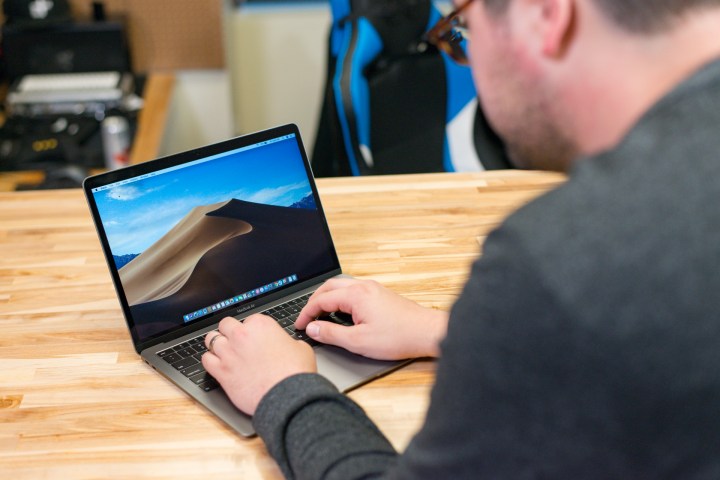
Even after Apple opened the app doors to Mac users to be able to download iOS apps ported with a technology called Catalyst, there’s a notable — and popular — title missing: Netflix. Even though Netflix is accessible on a Mac through a modern web browser, being able to run the video subscription service in its own native app, which would have been a ported version that was originally designed for the iPad, could enable additional features to owners of Apple’s desktop products, including the Mac Mini, iMac, iMac Pro, MacBook Air, MacBook Pro, and the soon-to-launch Mac Pro.
For frequent travelers or those who find themselves in areas with limited internet connectivity, a Catalyst-enabled Netflix app on the Mac would have brought welcomed features, like the ability to download movies and TV shows for offline viewing. Another feature that Mac users won’t get to experience would be picture-in-picture integration with Apple’s platform, according to The Verge.
Netflix’s reluctance to embrace the Mac and Apple’s Catalyst development engine at this time doesn’t mean that the company prefers to shun the desktop in favor of tablets and smartphones. On the Windows side, Netflix maintains a Windows 10 app that works well on laptops, tablets, desktops, and convertibles, suggesting that there may likely be broader challenges at this early stage. Bloomberg reported that some apps that were designed specifically for touchscreen input are still jarring to use around the keyboard and mouse paradigm of a desktop. Some video apps cannot hide the mouse cursor while video is playing, a problem that Apple will likely have to correct if it intends on welcoming video services like Netflix to port their iOS apps to the Mac.
“Many of the issues originate from Apple’s initial promise of checkbox simplicity,” Bloomberg reported. “It is indeed that easy, but the resulting ported app still carries over vestiges of its iPad optimizations that don’t work as well on Mac computers.”
Editors' Recommendations
- The 6 key things Apple must fix in the next version of macOS
- These 6 tweaks take MacBooks from great to nearly perfect
- How to take a screenshot on a Mac
- How to change the default apps on a Mac
- 10 Mac trackpad gestures that everyone should be using


